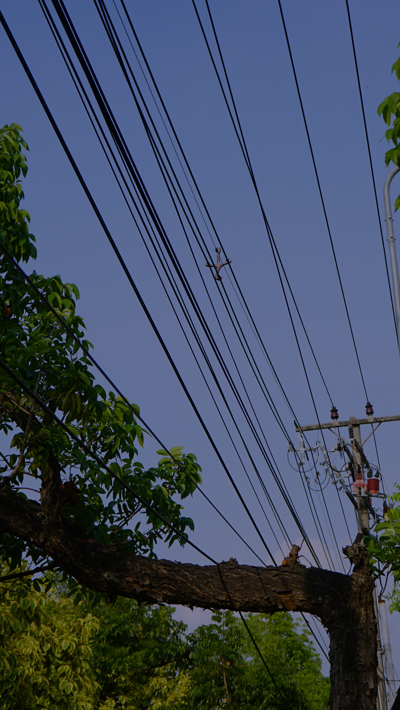Contents
The Government will phase out the low fixed charge tariff option (LFCT) over five years, beginning 1 April next year.
This was recommended by the 2019 Electricity Price Review, which found that the scheme was poorly targeted as it typically benefitted smaller, higher income households with energy efficient homes at the expense of lower income New Zealanders.
That was contrary to the intentions of the LFCT when introduced, which was to aid in alleviating energy poverty. The low-use plan is a good deal for households that use less than 8,000kWh of power a year (or 9,000kWh a year for the lower South Island). Many New Zealand households use more than this. For those households, the standard-use plan provides cheaper electricity as a whole.
Phasing out the LFCT regulations will see the maximum low fixed charge increase gradually over 5 years until it is about the same as the standard fixed charge. Each year, the maximum low fixed charge will increase by 30 cents.
The decision will be welcomed by both retailers and distributors, for a number of reasons:
- Retailers and distributors have been continuing to comply with the LFCT, notwithstanding that the Minister of Energy and Resources had expressed support for repealing the LFCT back in 2019 following the Electricity Price Review. Having some certainty as to when the phase out will occur will enable retailers and distributors to focus on developing consumer offerings that will truly help to address energy poverty.
- The outdated nature of the LFCT regulations means they are often difficult to apply, creating disproportionate compliance costs when compared to any benefits of the LFCT regulations.
- The LFCT regulations have to a large extent stifled retailers’ ability to put innovative power packages to consumers. Over the phase out, we expect to see the emergence of power packages which are able to more flexibly address the needs of different types of consumers.
We look forward to seeing new and improved power package offerings for New Zealand households.

























